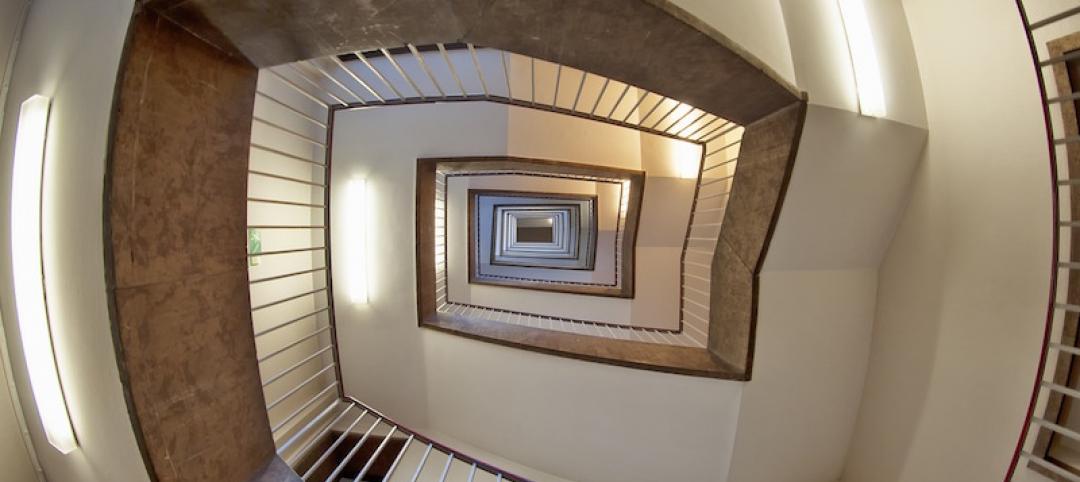Recent research that looks at the method used to determine thermal comfort in ANSI/ASHRAE Standard 55 published in an article, “Energy Consumption in Buildings and Female Thermal Demand,” in Nature Climate Change, misinterpreted data, according to ASHRAE.
“The interpretation of the authors regarding the basis for Standard 55 is not correct,” Bjarne Olesen, Ph.D., a member of the ASHRAE Board of Directors, thermal comfort research and former chair of the Standard 55 committee, said. “The part of the standard they are referring to is the use of the PMV/PPD index. This method is taken from an ISO/EN standard 7730, which has existed since 1982. The basic research for establishing comfort criteria for the indoor environment was made with more than 1,000 subjects with an equal amount of women and men.
“In the main studies, where they did the same sedentary work and wore the same type of clothing, there were no differences between the preferred temperature for men and women. So the researchers’ finding of a lower metabolic rate for females will not influence the recommended temperatures in the existing standards. Also their study is not conclusive. They only studied 16 females at a sedentary activity.
“They should also have studied 16 men at the same activity to be able to compare. The reason why we, in some field studies, find that women prefer higher room temperature than men is attributed to the level of clothing. Women better adapt their clothing to summer conditions while men are still wearing suits and ties. So if the thermostat is set to satisfy the men, the women will complain about being too cold. In the standard, this adaption of clothing to summer is taken into account. So if the standard is followed, the women would be satisfied; but maybe not the men.”
Related Stories
Codes and Standards | Feb 27, 2017
Green building saves operating costs and boosts asset value
A new report shows 14% cost savings and a 7% increase in value when green standards are met.
Codes and Standards | Feb 24, 2017
Scant data hampering energy, water efficiency at sports venues
New NIBS report says baseline information needs further development.
Codes and Standards | Feb 22, 2017
Plans for WELL Building Standard include linkage with other green building standards
The planned updated version will be customizable for any building type.
Codes and Standards | Feb 21, 2017
Aging building code inspectors and government belt-tightening could cause crisis
Inspectors are edging toward retirement with no understudies in place.
Codes and Standards | Feb 20, 2017
AISI publishes three new cold-formed steel framing research reports
Seismic simulation, roof trusses, steel-to-steel and sheathing-to-steel connections are examined in the reports.
Codes and Standards | Feb 17, 2017
New energy design guide for metal building systems now available
The second edition incorporates more recent IECC and ASHRAE standards.
Codes and Standards | Feb 14, 2017
Paper outlines how BREEAM credits can be used for WELL standard compliance
The paper provides guidance on how to streamline pursuit of dual certification.
Codes and Standards | Feb 14, 2017
Evidence mounts on health, productivity benefits of sustainable work spaces
High-performance green buildings are linked to better job performance.
Codes and Standards | Feb 13, 2017
Calif. commission approves ‘emergency’ balcony code changes
The changes apply to multifamily, hotels, state-owned buildings, and public schools.
Codes and Standards | Feb 9, 2017
Google-initiated program aims to get construction industry to use healthier building materials
Portico platform features a database of products ranked on how they disclose ingredients.

















